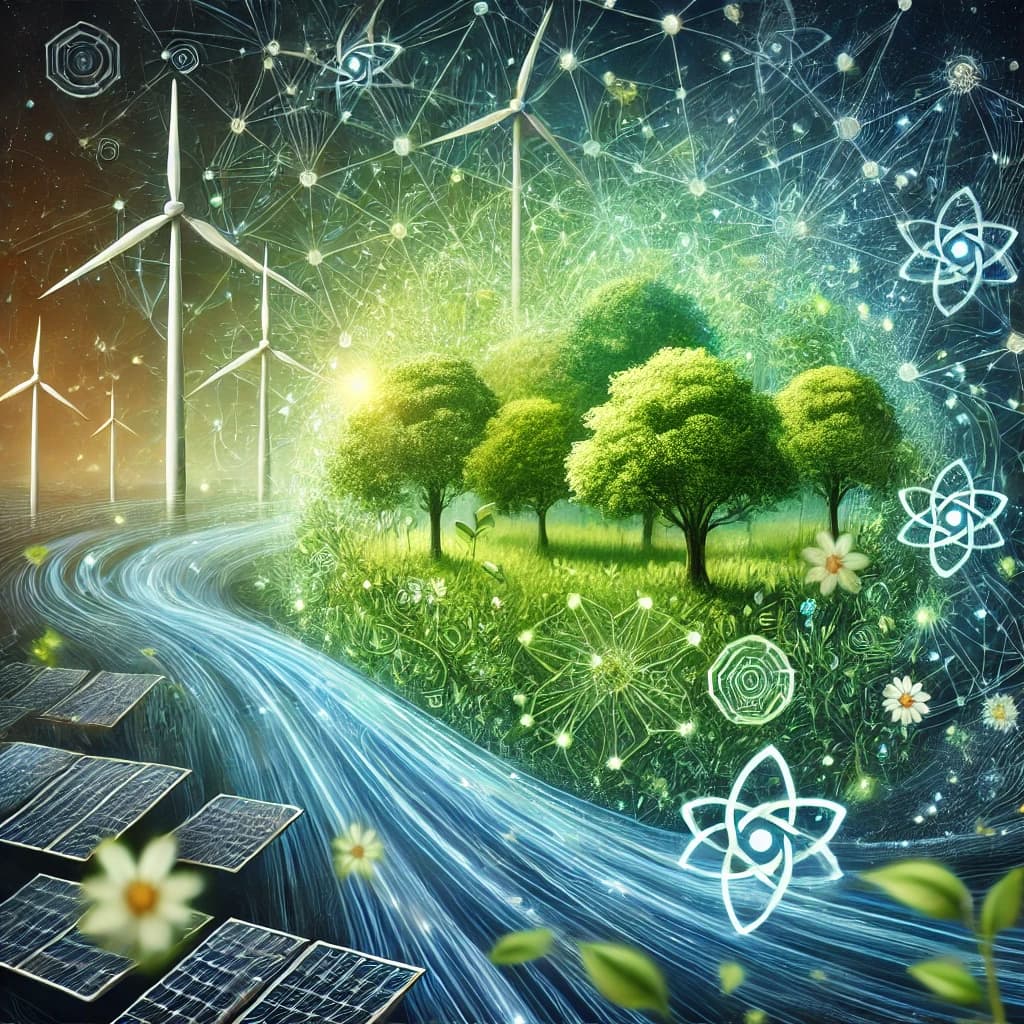The Impact of AI on Environmental Conservation

Introduction
As the world grapples with environmental challenges like climate change, deforestation, and biodiversity loss, technology has emerged as a powerful ally. Among the most promising technologies is artificial intelligence (AI), which offers innovative solutions to some of the most pressing ecological problems. This article explores how AI is transforming environmental conservation and paving the way for a sustainable future.
How AI is Contributing to Environmental Conservation
1. Monitoring Ecosystems with Precision
AI-powered tools are enabling researchers to monitor ecosystems like never before. Using sensors, drones, and satellite imagery, AI algorithms can analyze vast amounts of data to track changes in forests, oceans, and wildlife populations. For example:
- Forest conservation: AI models can detect illegal logging activities in real-time by analyzing satellite images.
- Marine health: Machine learning algorithms help identify coral bleaching events, providing early warnings to conservationists.
2. Optimizing Energy Consumption
Energy production and consumption are major contributors to greenhouse gas emissions. AI is helping reduce these impacts by:
- Predicting energy demand and optimizing power grids to minimize waste.
- Enhancing the efficiency of renewable energy sources like wind and solar by forecasting weather patterns.
- Assisting smart homes and buildings in reducing energy use through adaptive control systems.
3. Advancing Climate Science
AI accelerates climate modeling, allowing scientists to predict the effects of climate change with greater accuracy. By analyzing historical and real-time climate data, AI models help:
- Identify trends in global warming.
- Develop mitigation strategies tailored to specific regions.
- Inform policies on carbon emissions and renewable energy adoption.
4. Promoting Sustainable Agriculture
AI is revolutionizing agriculture by making it more efficient and less resource-intensive. Applications include:
- Precision farming: AI-driven drones and sensors optimize irrigation, pest control, and crop management.
- Soil health monitoring: Machine learning models analyze soil conditions to guide sustainable farming practices.
- Reducing food waste: AI-powered supply chain systems forecast demand, preventing overproduction and waste.
5. Enhancing Wildlife Conservation
AI aids wildlife conservation efforts by providing advanced tools for:
- Species identification: AI-powered image recognition identifies species from photos or videos, aiding biodiversity studies.
- Poaching prevention: Predictive analytics helps locate poaching hotspots, enabling targeted patrols.
- Monitoring migration patterns: AI tracks animal movements to study migration and habitat use.
Challenges and Ethical Considerations
While AI offers immense potential, its use in environmental conservation comes with challenges:
- Data availability: High-quality, extensive datasets are crucial for AI models to work effectively.
- Energy consumption: Training AI models requires significant computational resources, which can contribute to carbon emissions.
- Equity and ethics: AI systems must be designed to ensure fair access and avoid exacerbating existing inequalities.
Conclusion
Artificial intelligence is revolutionizing the way we approach environmental conservation. By enabling smarter decision-making, improving resource management, and providing insights at an unprecedented scale, AI has become a critical tool in the fight for a sustainable future. As we continue to harness its potential, it is crucial to address the associated challenges to ensure that AI-driven solutions truly benefit the planet.
What are your thoughts on AI’s role in environmental conservation? Share your insights in the comments below.